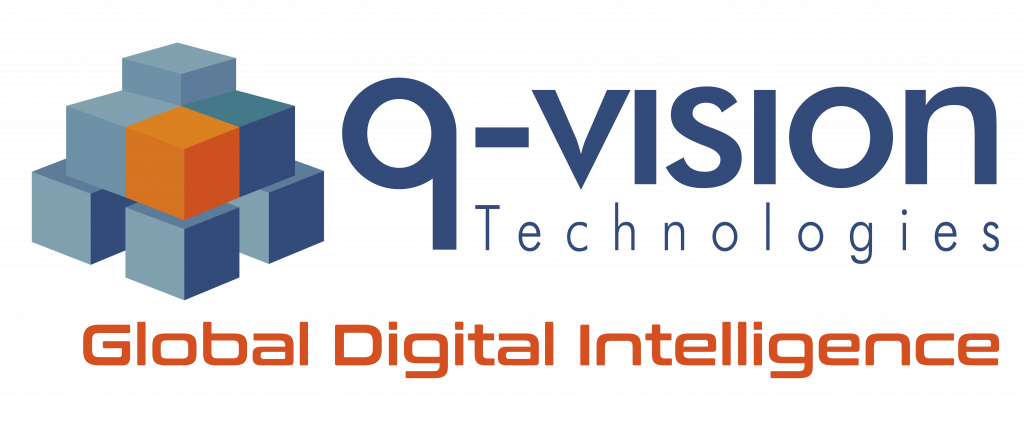In a democratized AI environment—where all departments access models, where data comes from multiple sources, and is processed at high speeds—governance can no longer be manual. It must be automatically integrated into every pipeline, with traceability, validation, monitoring, and quality checks as part of the natural flow.
Modern MLOps and DataOps platforms help ensure this doesn't hinder innovation but actually enables it. They include data contracts, metadata management, active catalogs, automated quality control, versioning, and granular access control. This allows the organization to detect errors before they affect production models and comply with legal requirements like GDPR or the AI regulations that are starting to formalize internationally.
The effective adoption of AI doesn't just depend on how advanced the model is; it depends on how prepared the organization is to feed it with useful, accurate, and governed data. Data architecture transformation becomes the necessary engine for that intelligence to be truly valuable and sustainable over time.
Key Recommendations That Every Organization Should Consider:
- Audit the current state of their data platforms, identifying bottlenecks, isolated silos, and lack of support for unstructured data.
- Migrate toward lakehouse or data mesh architectures that integrate operational and analytical data on the same layer, supporting real-time processing and diverse formats.
- Incorporate CI/CD practices into data and ML pipelines, automating testing, validations, and deployments.
- Build automated governance from the design stage, with observability, traceability, and integrated compliance native to the platform.
- Form alliances with technology providers capable of supporting complex migrations or implementing connectivity across hybrid environments, avoiding vendor lock-in and maximizing flexibility.
In this new horizon, the competitive advantage won't lie in having more data, but in knowing how to design data flows prepared for AI. The company that masters this new engineering will be the one that leads the next generation of innovation.










